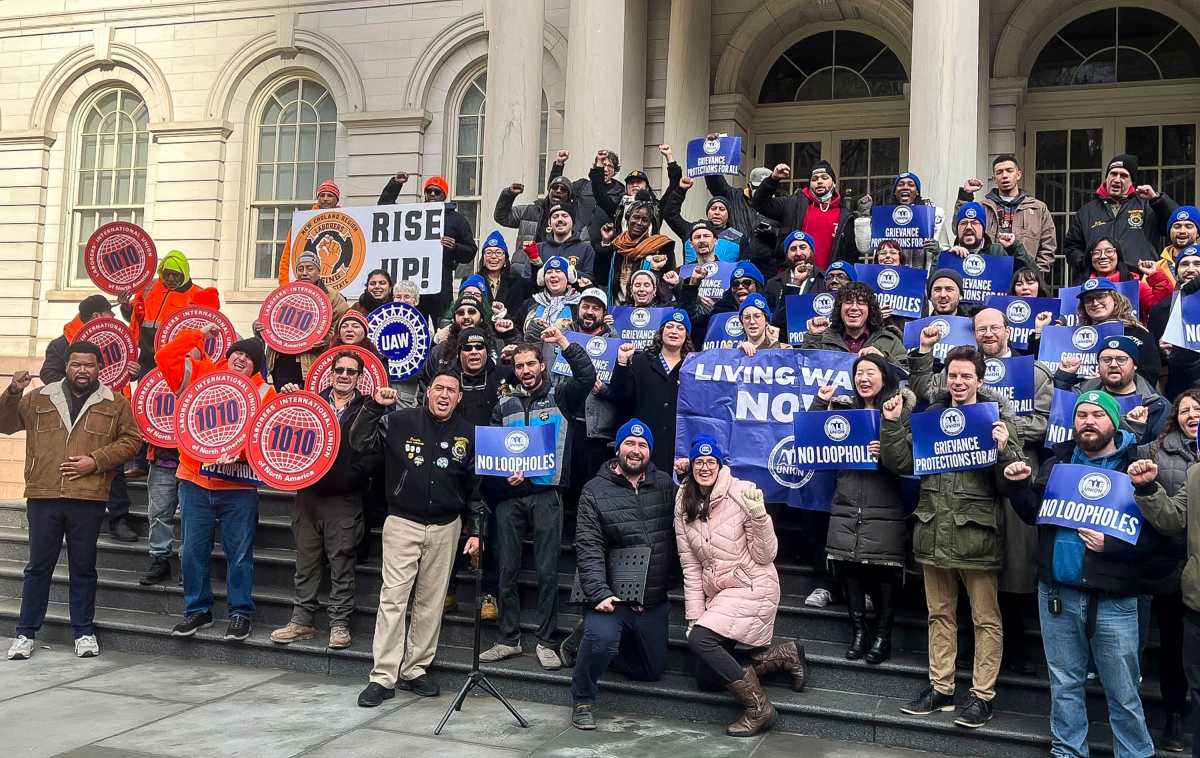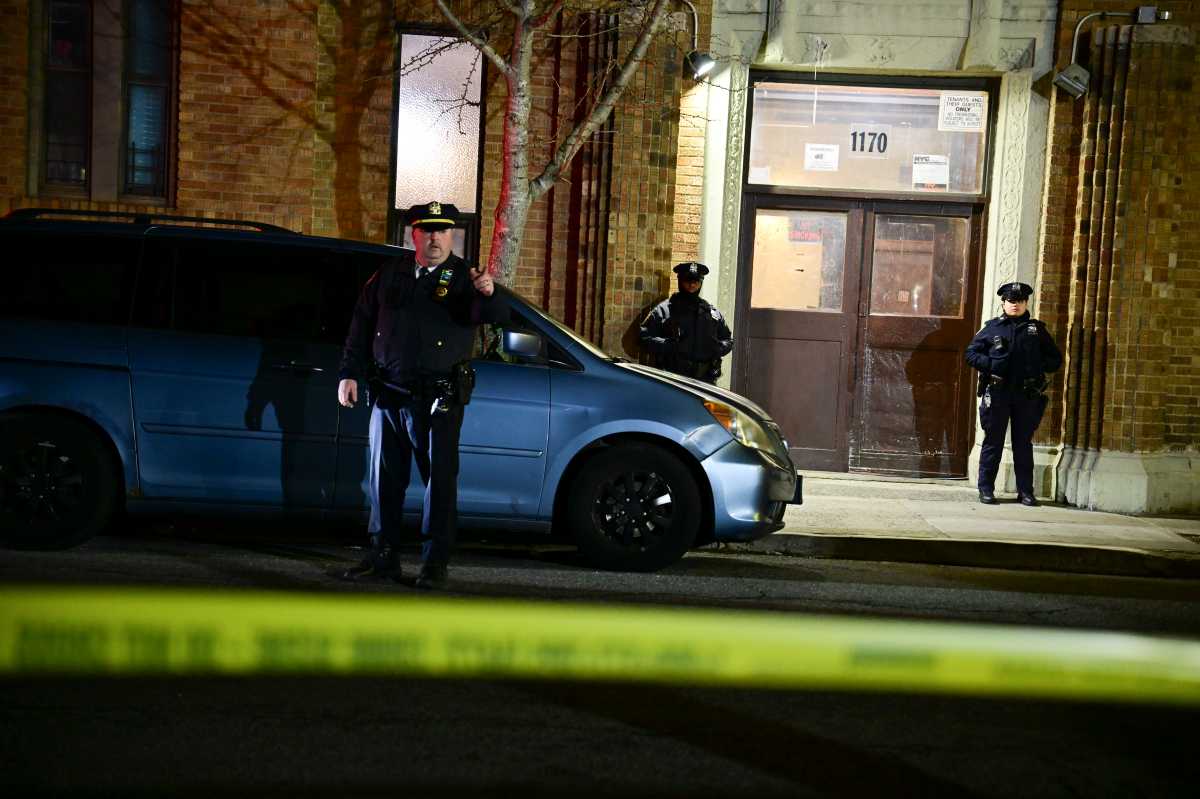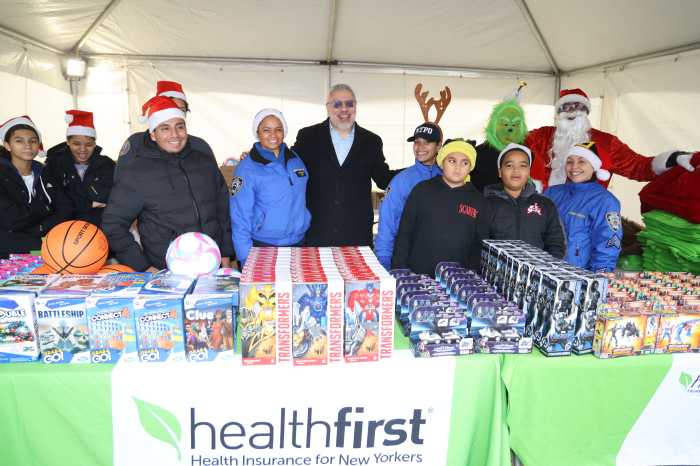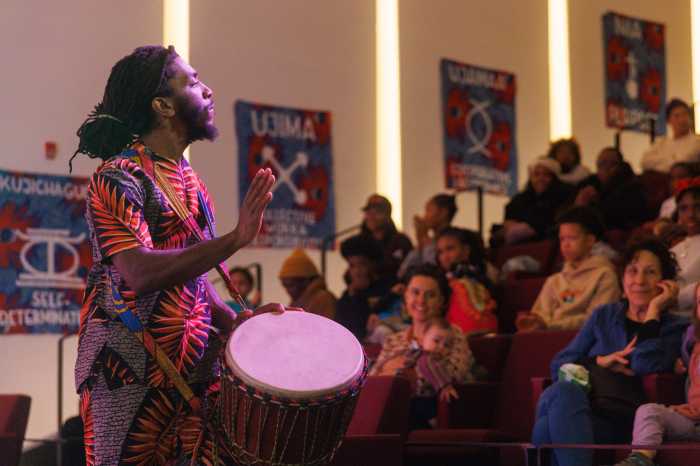
The MTA is leaning on a group of tech companies to help make your commute less of a nightmare.
The transit authority on Tuesday announced, as part of a worldwide contest to find new ideas, that four companies would be awarded one-year pilots to try and improve bus service in addition to the MTA’s communication of subway delays and disruptions to its commuters.
One company, Veovo, will be testing its system to track straphangers through stations to give the MTA a better understanding of commuter volumes in specific locations and, hopefully, minimize service disruptions. Another, Axon Vibe, will be trying out its software to customize subway alerts based on your location and travel history.
“This is a win-win for the MTA but most importantly this is a win-win for our customers on both subways and buses,” said MTA chairman and CEO Pat Foye at a news conference Tuesday. “The technology … will better predict subway incident impacts. It will find ways to make (rides) faster and more efficient.”

As for buses, the MTA has tapped Preteckt, a company that believes it can better predict mechanical failures in the MTA’s fleet, which would ideally reduce maintenance and fleet costs while preventing service disruptions. Remix, the fourth company chosen, aims to more easily help the MTA design bus maps to update service.
The pilots are unusual in that the MTA will not be paying any money to the companies involved, according to Foye. They stem from the MTA’s “Transit Tech Lab” challenge, which solicited ideas from nearly 100 companies under the agreement that the authority would lend its expertise and resources in exchange for test runs of any product deemed intriguing. The challenge was a collaboration with the nonprofit membership group Partnership for New York City.
Ellyn Shannon, the associate director of the Permanent Citizens Advisory Committee to the MTA, was particularly excited about Veovo — which is already operating at more than 100 airports — because the MTA doesn’t have a comprehensive picture of commuter behavior in stations. Most of that data are currently collected via observations.
“We’ve been focused on crowding as something that really impacts riders and the flaw of our system is that there is no exit swipe, which would let the MTA know how many people are leaving the station — the full human behavior in a station,” Shannon said. “That informs how you plan.”
It is not clear, however, when the pilots would start or how they would mesh into MTA operations. For example, Axon Vibe is still working to integrate its technology with the MTA’s MyMTA app, according to Boris Matz, the company’s head of business development in North America.

It’s also uncertain if any of these companies would move ahead beyond the pilot to make a tangible difference in New Yorkers’ commutes. The MTA last year concluded a similar event, called the “Genius Challenge.” The contest awarded millions of dollars to eight participants who pitched tech-related, or simply out-of-the-box ideas to improve service, but has not yet led to any breakthroughs.
The MTA is working with several of those winners on potentially impactful subway signal equipment known as ultra-wideband wireless technology, but Foye could only say the MTA was in “constant dialogue” with other winners.
Ben Kabak, the blogger behind Second Avenue Sagas, thought the ideas were interesting at best. He deemed the submissions nothing more than innovations the MTA itself should already be working on internally if not for the authority’s ongoing hiring freeze as it continues its reorganization efforts.
“They’re making a big deal out of initiatives that would be dealt with in-house without a hiring freeze or otherwise part of quiet technology procurement efforts,” he said. “It’s more flash than substance, but these are apps and functionality a well-run transit agency should be adopting.”
While many apps require users to opt-in to location services, some riders felt put off by Axon Vibe and Veovo.
Daniela Williams, 27, said the MTA does "absolutely not" do a good job of keeping commuters informed of delays and service changes, and wasn’t opposed to the MTA using overhead camera footage to better serve riders — but she drew the line at another app having access to her location.
"That is a little sketchy, I guess, for them to be tracking your location," she said while waiting for the uptown R train at Court Street. "I feel they should be doing a better job in the station."
Axon Vibe has pledged that users, not the company, own their data, and that the company is very sensitive to privacy concerns
Veovo, based out of Auckland, uses a variety of Wi-Fi, BLE and Bluetooth sensors to track commuter phones alongside overhead 3D cameras to help build a picture of how commuters move through airports. Its technology had already been put to use in Brooklyn’s Court Street-Borough Hall station, before the official pilot, without public notice.
The company does not use facial recognition software or other technology that could identify riders, according to Eddie Llado, Veovo’s North American sales manager. Foye said using Veovo to combat fare evasion is not the “primary focus right now,” but that the authority will be talking to the company going forward about the issue.
Violet Hyett, 27, was more ambivalent about such technological solutions — the problem is the volume of delays, she said, and telling commuters those delays are happening doesn’t fix the real problem.
She was also less concerned about privacy violations.
"I think we’re all tracked all the time anyway," she said. "Instagram knows where you are, Facebook knows where you are — if you have a smartphone you’re probably being tracked."
With Allegra Hobbs







































